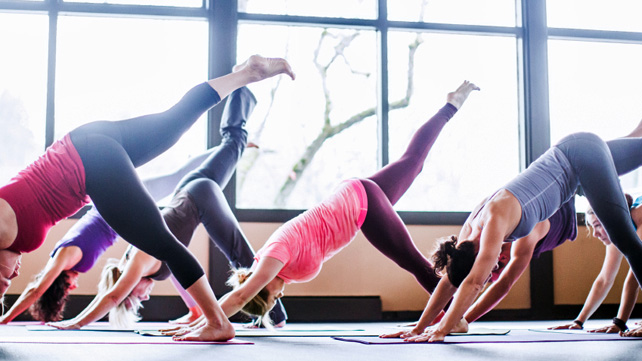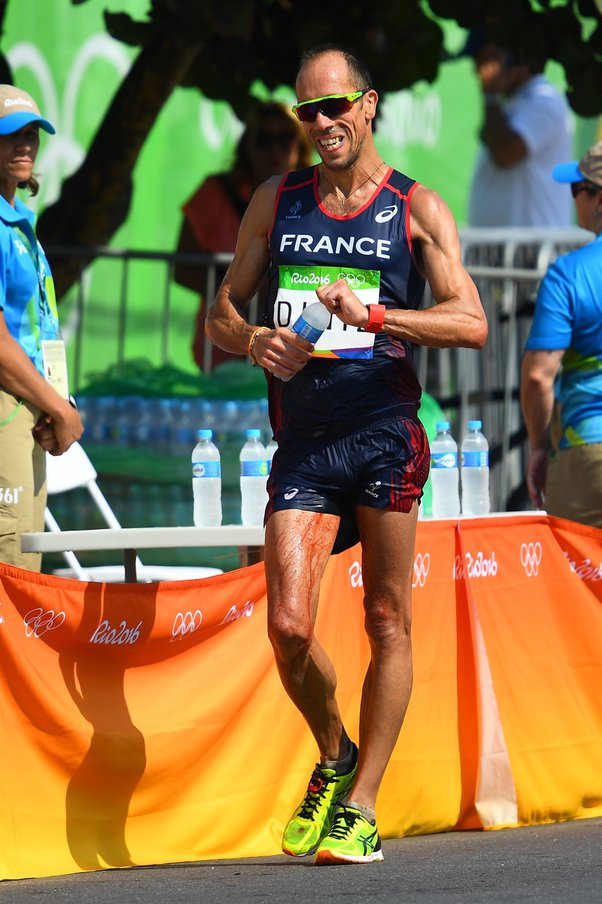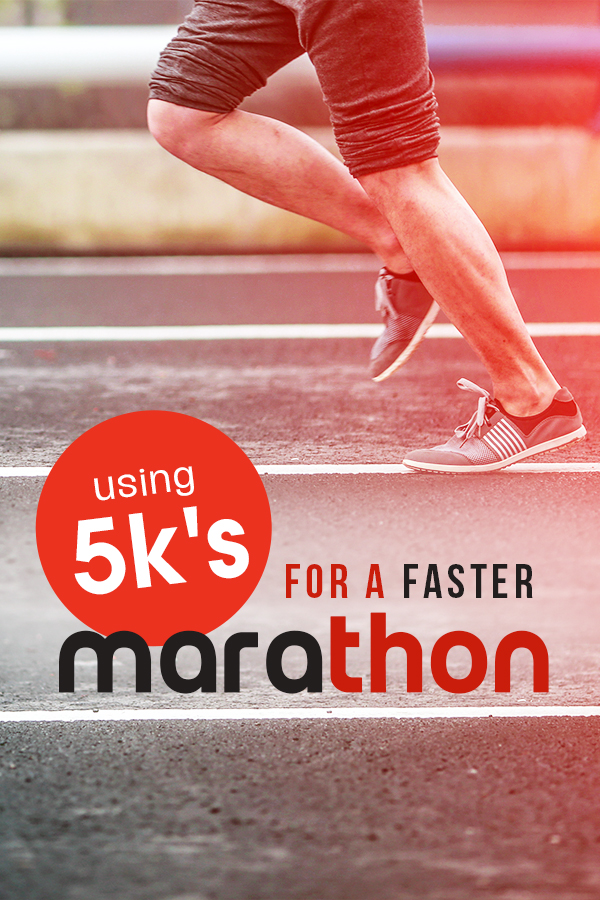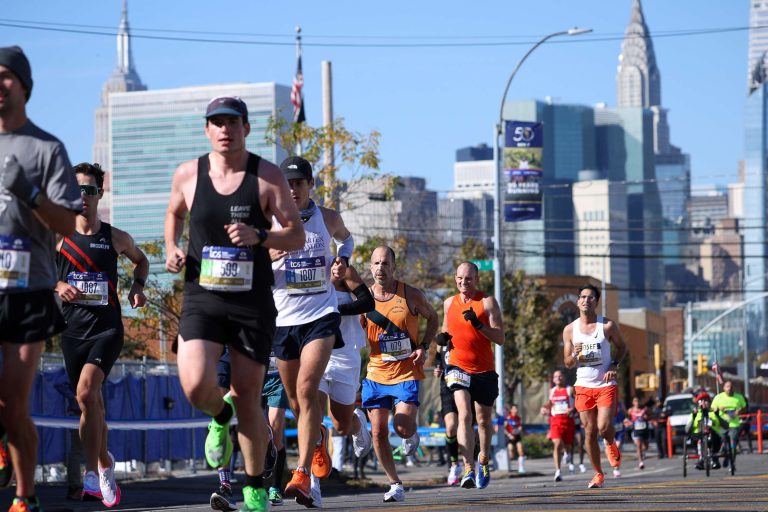What to Know About Ballistic Stretching
Ballistic stretching involves using bouncing or jerking movements to stretch muscles. It can lead to injury if not performed correctly.
Ballistic stretching is a stretching technique that involves using bouncing or jerking movements to stretch muscles quickly. This method differs from static stretching, where the muscle is held in place for an extended period. While ballistic stretching can improve flexibility and range of motion, it also comes with a higher risk of injury if not done properly.
It is crucial to warm up before attempting ballistic stretches to prevent straining the muscles. Additionally, it is recommended to use caution and consult a professional before incorporating ballistic stretching into your routine to ensure safety and effectiveness.
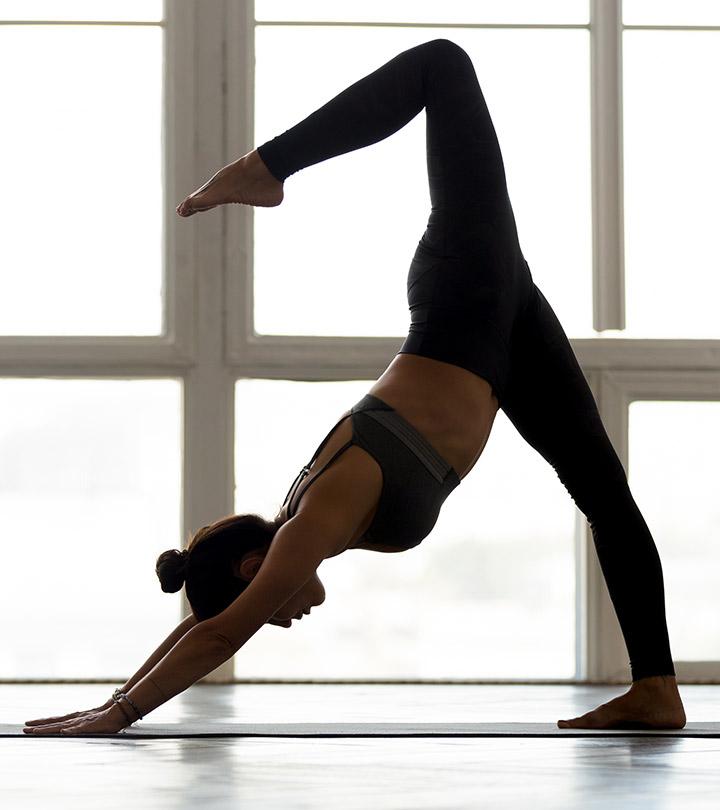
Credit: www.stylecraze.com
The Benefits Of Ballistic Stretching
Ballistic stretching is a form of dynamic stretching that involves rapid and repetitive bouncing movements to increase flexibility and range of motion. While it may not be suitable for everyone, it offers several benefits for those who incorporate it into their fitness routines.
Improves Flexibility
Ballistic stretching can improve flexibility by targeting the muscles and tendons to extend their natural range. This dynamic form of stretching helps to loosen tight muscles, allowing for greater freedom of movement. By engaging in rapid and bouncing movements, individuals can gradually extend their flexibility beyond static stretching alone.
Boosts Athletic Performance
Engaging in ballistic stretching boosts athletic performance by preparing the body for the dynamic and explosive movements commonly required in various sports and physical activities. The rapid movements involved in ballistic stretching mimic the quick and powerful actions needed, aiding in enhancing agility, speed, and overall athletic abilities.
The Risks Of Ballistic Stretching
Ballistic stretching poses specific dangers that individuals should be aware of before incorporating it into their routine.
Increases Risk Of Injury
Ballistic stretching can increase the chances of sustaining injuries due to its rapid and bouncing movements.
May Lead To Muscle Strains
Engaging in ballistic stretching may result in muscle strains due to the forceful nature of the movements.
Key Differences Between Ballistic And Static Stretching
Dynamic Movements
Ballistic stretching involves quick, bouncing movements to extend muscles beyond their usual range.
Bouncing Stretches
Intense bouncing during ballistic stretching can lead to muscle tears or injuries.
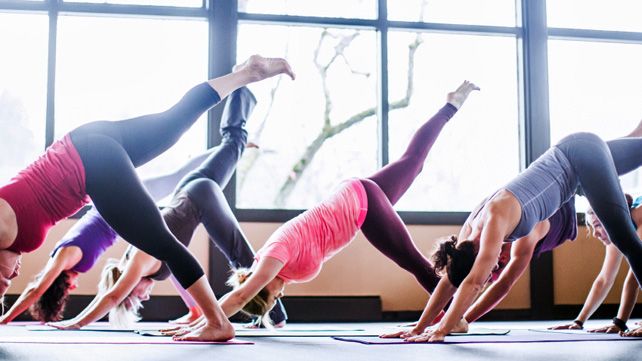
Credit: www.healthline.com
Best Practices For Incorporating Ballistic Stretching
When it comes to incorporating ballistic stretching into your fitness routine, it’s essential to follow best practices to ensure safety and effectiveness. By understanding the proper techniques and precautions, you can maximize the benefits of ballistic stretching while minimizing the risk of injury. In this article, we’ll delve into the best practices for incorporating ballistic stretching, focusing on the crucial aspects that should be considered when incorporating this dynamic form of stretching into your fitness regimen.
Start With A Warm-up
Prior to engaging in ballistic stretching, it’s crucial to start with a thorough warm-up to prepare your muscles and connective tissues for the dynamic movements. A proper warm-up should include activities such as light cardio, dynamic stretching, and mobility exercises. By increasing blood flow and flexibility, a warm-up helps to reduce the risk of injury and allows for a more effective ballistic stretching session.
Controlled And Gradual Movements
When incorporating ballistic stretching, it’s essential to perform controlled and gradual movements to prevent overstretching or straining the muscles. Each ballistic stretch should be executed with precision, focusing on the specific muscle groups being targeted. By utilizing controlled movements, you can effectively improve flexibility and range of motion while reducing the likelihood of injury.
Alternative Stretching Techniques To Consider
When it comes to stretching, most people are familiar with static stretching. However, there are alternative stretching techniques that can be just as effective, if not more so. These techniques include proprioceptive neuromuscular facilitation (PNF) and ballistic stretching. Incorporating these techniques into your stretching routine can help improve flexibility and range of motion. Let’s take a closer look at each technique and how it can benefit you.
Static Stretching
Static stretching is a common stretching technique that involves holding a position for an extended period, usually between 15 and 60 seconds. This method is used to stretch muscles and tendons to improve flexibility. It is typically performed after a workout or physical activity to help cool down and prevent muscle soreness.
During static stretching, you should find a comfortable position and hold it without bouncing or jerking movements. It is important to breathe deeply and relax into the stretch, allowing your muscles to lengthen gradually. Static stretching targets specific muscle groups and can help improve overall flexibility when done consistently.
Proprioceptive Neuromuscular Facilitation (pnf)
PNF stretching is a more dynamic and advanced stretching technique that involves a combination of stretching and contracting muscles. It works by targeting the neuromuscular system to improve flexibility and range of motion.
The PNF method typically involves a partner who applies resistance while you are stretching. It begins with stretching the muscle being targeted for about 10 seconds, followed by a contraction of the muscle against the partner’s resistance for around 6 seconds. After the contraction, the muscle is relaxed and stretched again for another 30 seconds. This combination of contract-relax-stretch helps to increase the muscle’s flexibility and improve its ability to relax.
PNF stretching is often used by athletes and physical therapists due to its effectiveness in increasing range of motion. However, it is important to perform PNF stretching correctly and with caution to avoid injury. Consulting with a professional before attempting PNF stretching is highly recommended.
So, if you’re looking to spice up your stretching routine, consider incorporating static stretching or PNF stretching. These alternative techniques can provide unique benefits and help you achieve increased flexibility and improved performance. Remember to always listen to your body and stretch within your limits, gradually progressing over time.
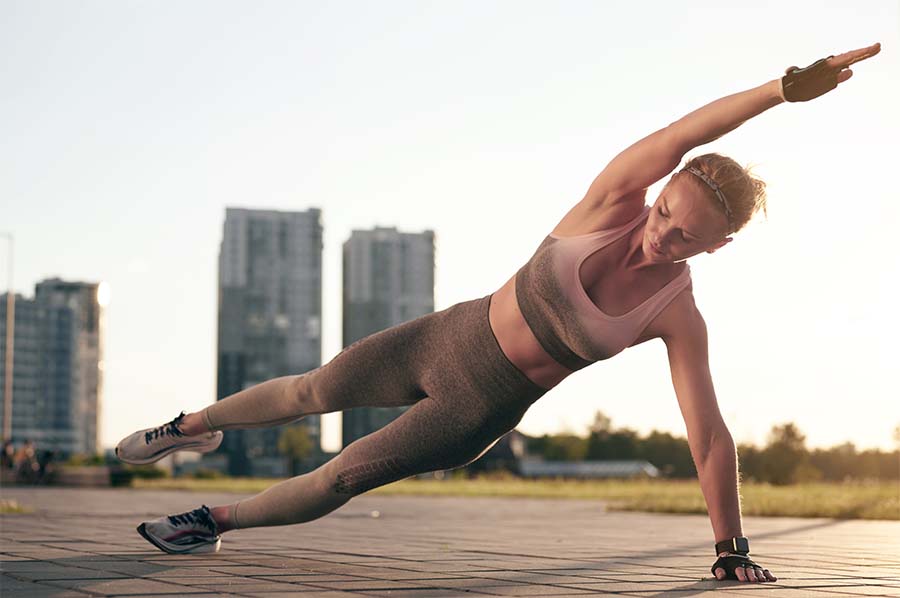
Credit: www.dmoose.com
Frequently Asked Questions On What To Know About Ballistic Stretching
How Does Ballistic Stretching Differ From Static Stretching?
Ballistic stretching involves active, bouncing movements to stretch the muscles, while static stretching requires holding a stretch without movement.
Are There Any Risks Or Precautions With Ballistic Stretching?
Yes, there are risks associated with ballistic stretching, including muscle strains, sprains, and increased possibility of injury. It’s important to use caution and proper technique.
Is Ballistic Stretching Beneficial For Athletes?
Ballistic stretching can be beneficial for athletes as it helps improve flexibility, enhances explosive power, and prepares muscles for dynamic movements commonly used in sports.
Conclusion
To wrap up, ballistic stretching can be an effective method to improve flexibility and mobility. However, it’s crucial to remember the potential risks involved and to approach it with caution. By understanding the proper techniques and guidelines, individuals can safely incorporate ballistic stretching into their fitness routine to experience its benefits.

